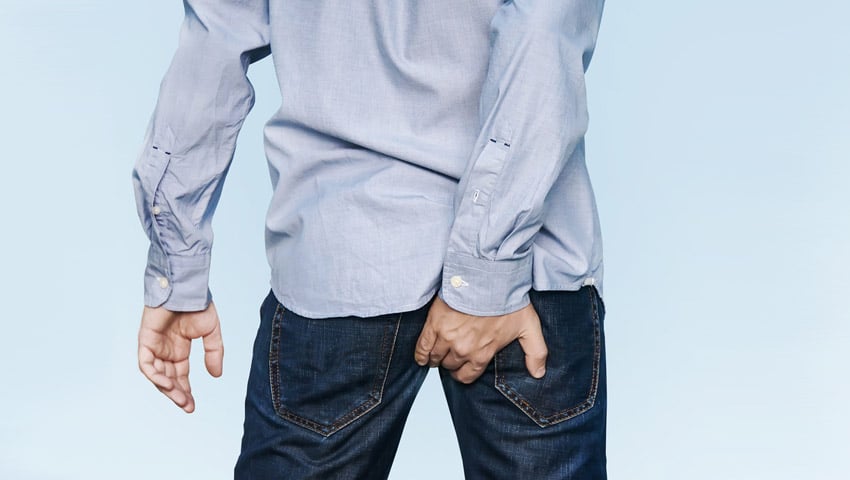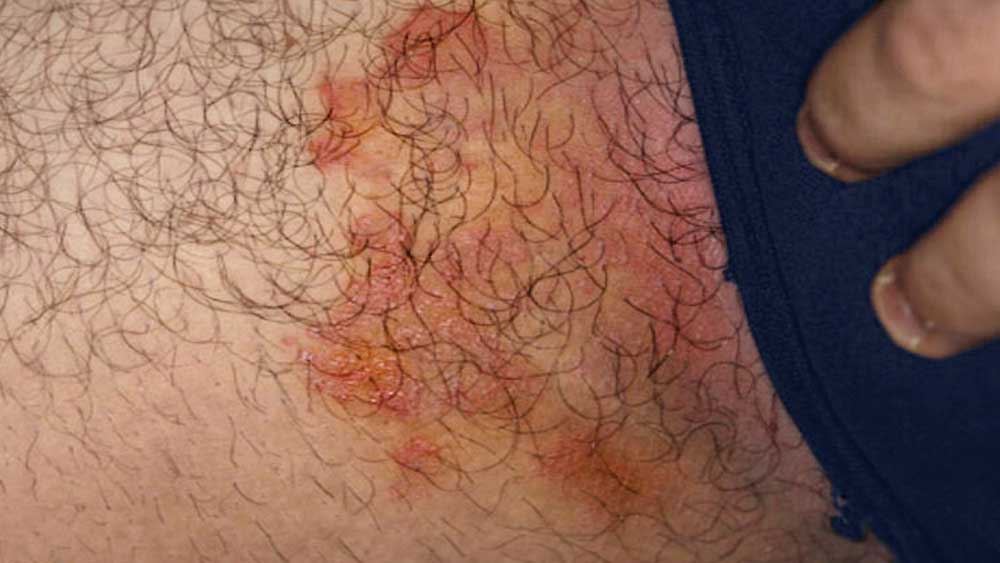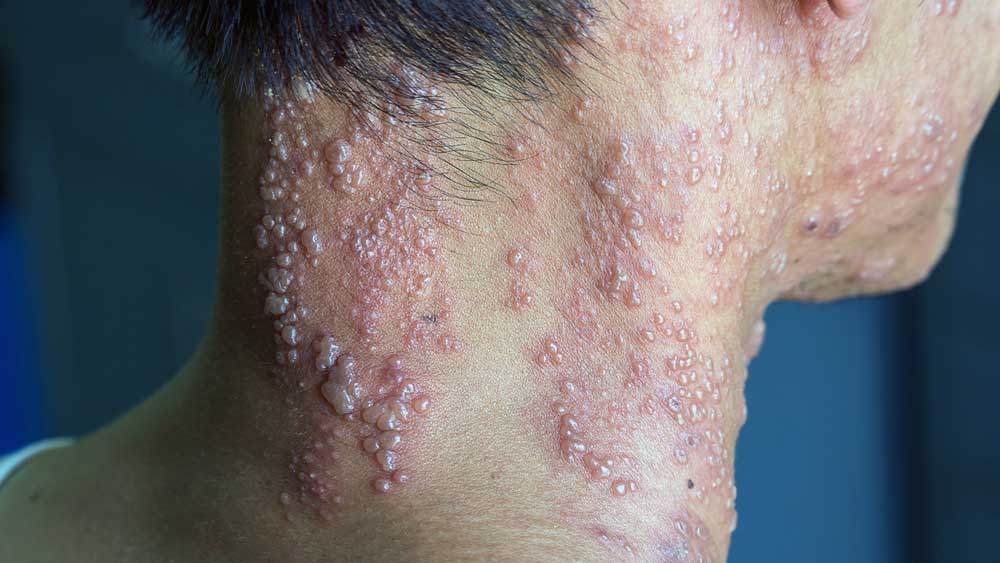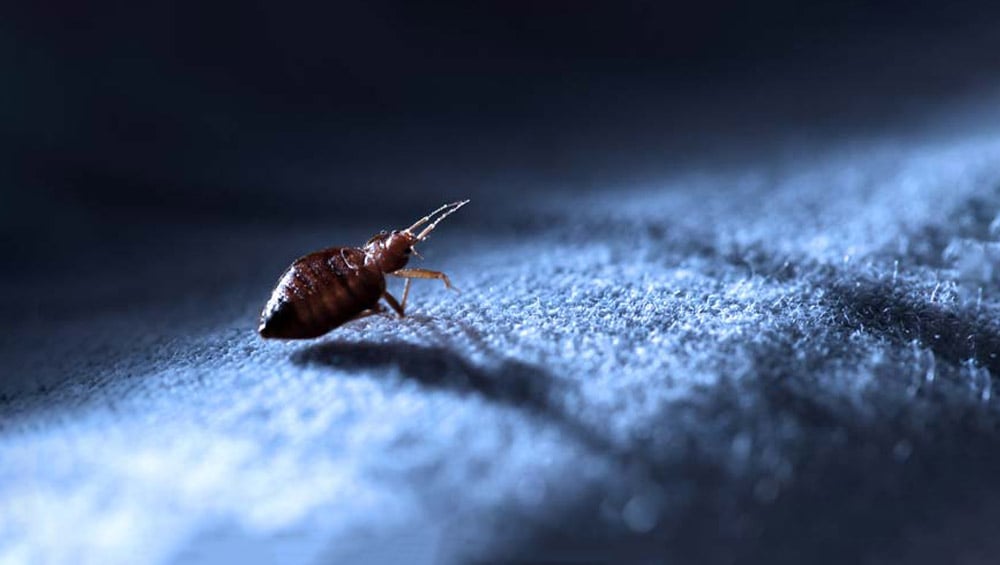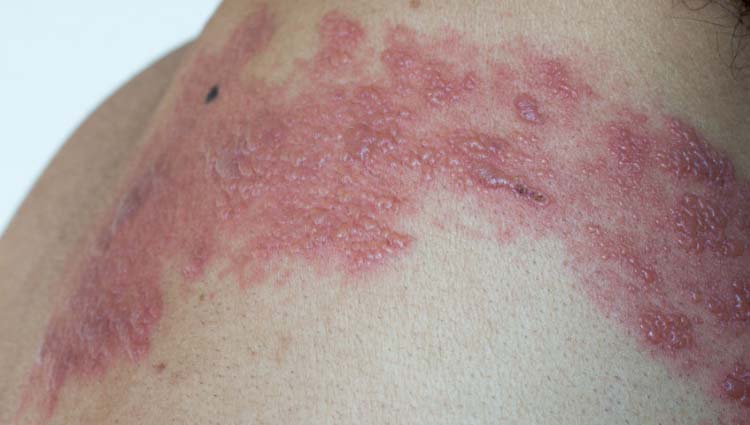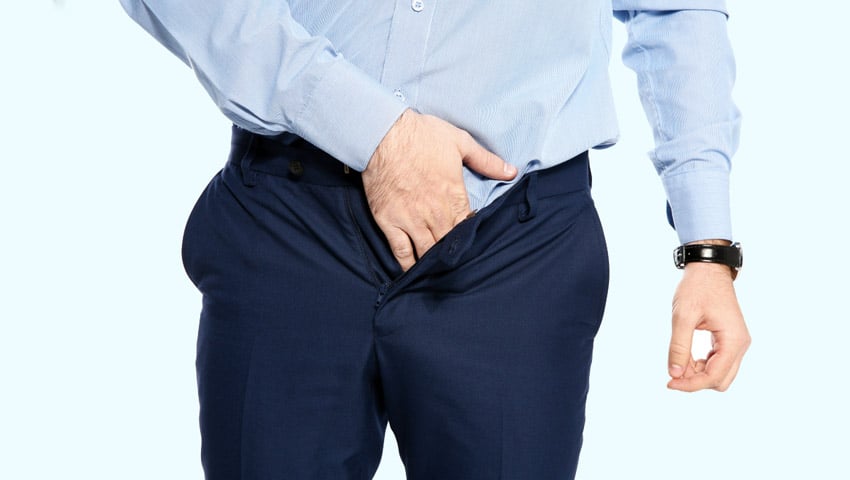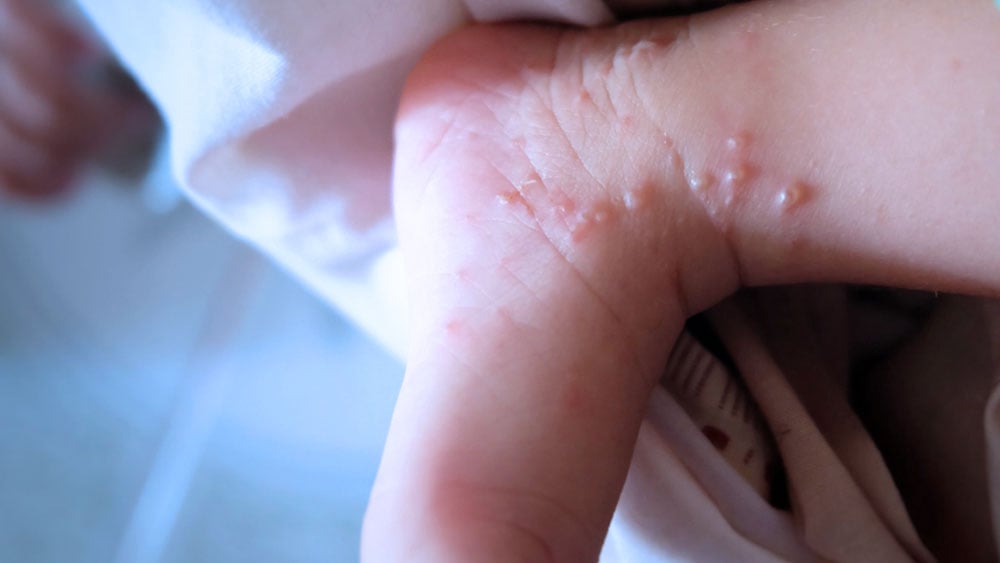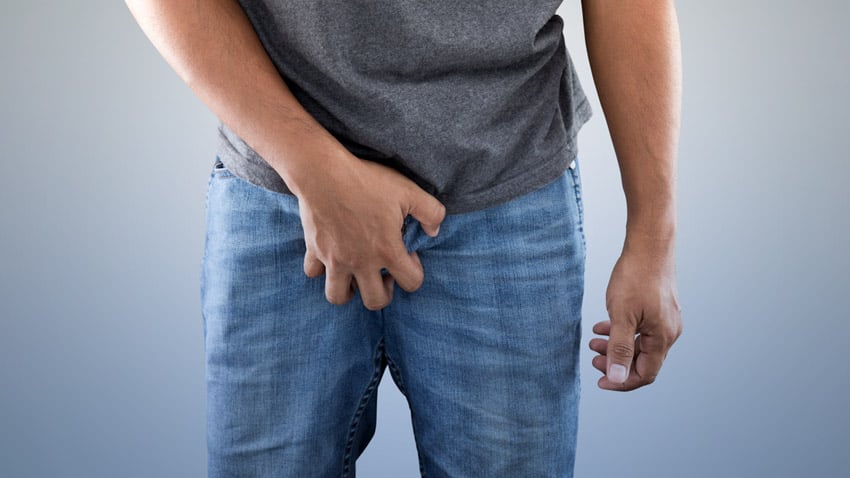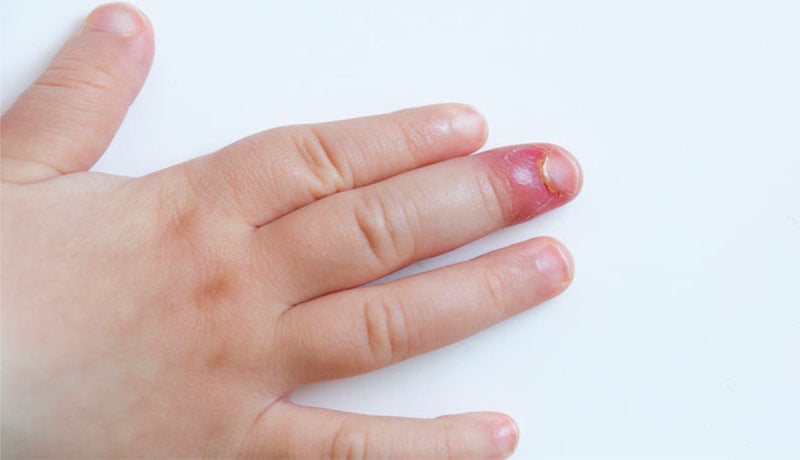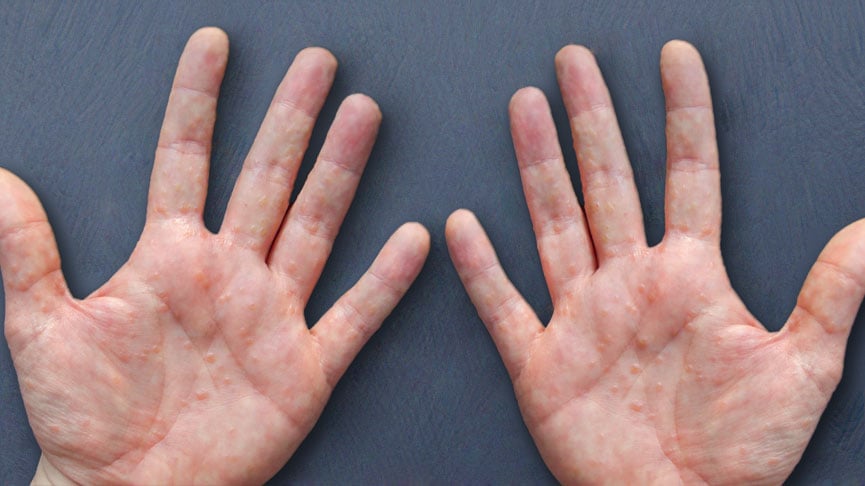What is anal itching?
Anal itching, also known as pruritus ani or anal pruritus, is a common symptom that often causes significant discomfort and embarrassment.
Various factors can cause an itchy anus, the most common being: the presence of excessive sweat in the anal region, worms, excessive consumption of foods that irritate the digestive system, hemorrhoids, and the presence of fecal residues in the anal area. Understanding the causes of anal itching is essential for effective treatment and relief of symptoms.
Anal itching is a symptom, not a disease itself. The itching may occur in the anus itself or the skin around the anus, may be transient or persistent, and may be accompanied by pain when defecating or performing anal hygiene.
About 5% of the adult population suffers from anal pruritus, with most causes being benign and easily treatable.
What Causes Anal Itching?
Classically associated with the presence of worms, anal itching can be caused by several other diseases and conditions. Any situation that causes inflammation or irritation of the anus and perianal region can cause itching.
We will briefly discuss the most common causes.
Inadequate Hygiene After a Bowel Movement
When hygiene is not appropriately done, remnants of feces can remain in contact with the skin and the mucosa of the anus.
Feces are naturally acidic, with an average pH of 6.6. Prolonged contact with the skin causes irritation and can trigger itching, even if no other disease is present.
The process is similar to what happens in babies who wear diapers and have diaper rash.
On hot days, in addition to feces, the perianal region can also become moist from sweating, which further favors irritation.
Patients with frequent diarrhea or fecal incontinence are particularly prone to skin rash and anal itching due to increased skin contact with feces.
Intense Cleaning After a Bowel Movement
Although the anal area should be cleaned after each bowel movement, this cleaning should be gentle. Rubbing aggressively, especially with toilet paper, soaps, or other cleaning products, can irritate the skin and cause itching in the perianal region.
Remember, any irritation in the perianal region can cause itching.
Reduction in Anal Sphincter Pressure
The anal sphincter is the muscle responsible for keeping the anus closed. Some patients with anal itching have a more relaxed sphincter than average, allowing small leaks of feces and mucus to the perianal region.
In these patients, anal irritation stimulated by feces can occur even if hygiene after a bowel movement is done adequately, as leakage occurs intermittently throughout the day.
These individuals need to clean the anus more often, not just after passing stool.
A Diet Containing Food or Drinks That Irritate the Anus
Specific foods, such as coffee, tomato, beer, soft drinks, tea, peanuts, dairy products, citrus fruits, chocolate, and grapes, to name just a few examples, have been associated with anal pruritus.
Once the patient eats or drinks something that can irritate their anus, there is usually a gap of 24 to 36 hours until the onset of anal itching. This is the time the food takes to travel throughout the digestive tract.
Foods can cause itching in the anal region by two mechanisms:
- They may not be fully digested and cause irritation by direct contact with the skin of the perianal region after defecation.
- They are irritants or stimulants at the intestinal level, increasing the contact of feces with the anal mucosa by increasing the frequency of bowel movements or the amount of mucus in the feces.
Allergy to Cleaning and Hygiene Products
Some chemicals or medicines applied to the anal area can cause local irritation or allergic reactions in susceptible people.
Common examples are perfumes or dyes used in some brands of toilet paper, feminine hygiene sprays, talcum powder, and soaps, especially perfumed ones.
Medications
Just as some foods can cause anal itching in certain individuals, some medications can have the same effect.
The most reported drugs are colchicine, quinidine, peppermint oil, local anesthetics, and neomycin.
Antibiotics in general, but especially tetracycline and erythromycin, can cause perianal itching by interfering with the normal bacterial flora of the intestines and the anal region.
Worms
Anal itching is a classic symptom of enterobiasis, a worm infection caused by the helminth Enterobius vermicularis or Oxyurus vermicularis.
The patient experiences more intense itching at night, which leads to restlessness and difficulty sleeping.
Adult worms can migrate to areas beyond the anus, such as the vagina and vulva area, causing vaginal itching and discharge.
Other types of worms usually do not cause anal itching.
STD
Individuals who practice passive anal sex can acquire sexually transmitted diseases with anal symptoms. HPV (anal wart), genital herpes, syphilis, and gonorrhea are examples of STDs that can cause anal itching.
Other Infections
Fungal infections, mainly candidiasis, scabies, pubic lice (crabs), perianal streptococcal dermatitis, and erythrasma (infection by the bacteria Corynebacterium minutissimum) are examples of infections that can also cause anal itching.
Hemorrhoids
External hemorrhoids are usually associated with bleeding and pain when evacuating. In some cases, however, anal itching is the most evident symptom.
Other Anorectal Diseases
In addition to hemorrhoids, other diseases of the anus and rectum can cause itching, such as anal fissures, fistulas, abscesses, and even tumors.
Dermatological Diseases
Just as dermatological diseases can cause itching on the skin, they can also affect the perianal region. Examples include:
- Contact dermatitis.
- Inverse psoriasis.
- Atopic dermatitis.
- Hidradenitis suppurativa.
- Lichen planus.
- Seborrheic dermatitis.
Symptoms Associated with Anal Itching
As explained above, anal itching is a common symptom of various conditions. The range of differential diagnoses is quite broad.
The first thing to do when a patient has anal itching is to inspect the region. With a simple inspection, it’s possible to see if there are lesions such as fissures or hemorrhoids, worms in the perianal area, rashes, warts, or signs of bleeding.
Besides visual inspection, other data that help distinguish the cause are the other signs and symptoms accompanying the itchiness, such as pain, bleeding in the stool, frequent diarrhea, lesions in different regions of the skin, etc.
Some specific characteristics of certain causes of anal itching that we can highlight are:
- Hemorrhoids usually have pain and bleeding associated with itching.
- Perianal rashes due to irritation can cause pain and intense redness in the entire perianal region.
- Pinworm infection is more common in children and causes nighttime itching.
- Dermatological diseases, such as dermatitis, are usually present in other areas of the skin besides the anus.
- Fissures typically cause intense pain at the time of defecation.
- Anal itching caused by feces usually improves shortly after the anus is cleaned.
Treatment
If there are no other associated symptoms and upon visual inspection of the anus no obvious lesion is detected, treatment should be aimed at a possible irritation of the perianal region by feces or chemicals.
Therefore, the initial treatment consists of improving anal hygiene, preventing the region from becoming moist, removing substances and products that may be aggressive, modifying the diet, and protecting the skin with ointments based on zinc oxide, such as Hipoglos®, or petroleum jelly.
The anus should be cleaned with water (in the bidet or with handheld showers) after each bowel movement and throughout the day with disposable wet wipes whenever the anus is itching more intensely.
Whenever you have anal itching, carefully pass a disposable wet wipe and see if it comes out dirty with feces. If it is dirty, this is probably the cause. Ideally, take a shower and clean the anal region well with neutral soap.
Hygiene should be done gently not to increase skin damage. Avoid cleaning products, especially those that are scented. Disposable wet wipes are better than toilet paper, as they cause less friction and injuries to the anus.
After the shower, use a mirror to look for signs of a rash around the anus. If there is redness, use a baby diaper rash cream like Hipoglos®. Viewing the anus with a mirror also helps to detect wounds and external hemorrhoids.
Increasing fiber intake makes the stool more formed and healthier, reducing the effort to evacuate and possible leakage of mucus from the anal sphincter.
In order to keep the perianal region with little or no moisture, the area can be dried with a hair dryer at low heat after cleaning. As for clothes, prefer light fabrics, such as cotton, and avoid tight-fitting clothes so as not to cause too much perspiration.
Avoid scratching the anus as much as possible, as this usually worsens the irritation and lesions. If you scratch your anus without realizing it while sleeping, keep your nails well-trimmed and sleep with cotton gloves to reduce the lesions that scratching can cause.
If the anal itching has an obvious cause, such as worms, hemorrhoids, or dermatological diseases, the treatment should be directed to these diseases and done under medical guidance.
References
- Pruritus ani – Annals of the Royal College of Surgeons of England
- Prognostic impact of fecal pH in critically ill patients – Critical Care.
- Anal Itch (Pruritus Ani) – Harvard Health Publishing.
- Pruritis Ani Expanded Version – The American Society of Colon and Rectal Surgeons (ASCRS).
- Approach to the patient with anal pruritus – UpToDate.
- Bope ET, et al. General principles of treatment. In: Conn’s Current Therapy 2018. Philadelphia, Pa.: Elsevier; 2018.
Author(s)
Médico graduado pela Universidade Federal do Rio de Janeiro (UFRJ), com títulos de especialista em Medicina Interna e Nefrologia pela Universidade Estadual do Rio de Janeiro (UERJ), Sociedade Brasileira de Nefrologia (SBN), Universidade do Porto e pelo Colégio de Especialidade de Nefrologia de Portugal.


